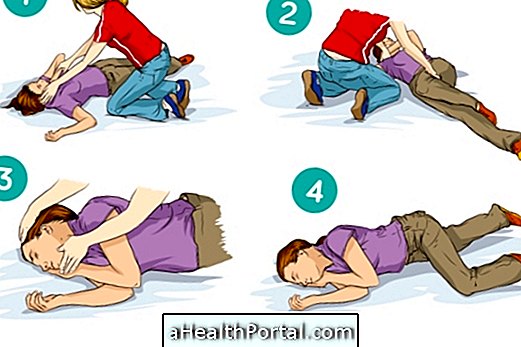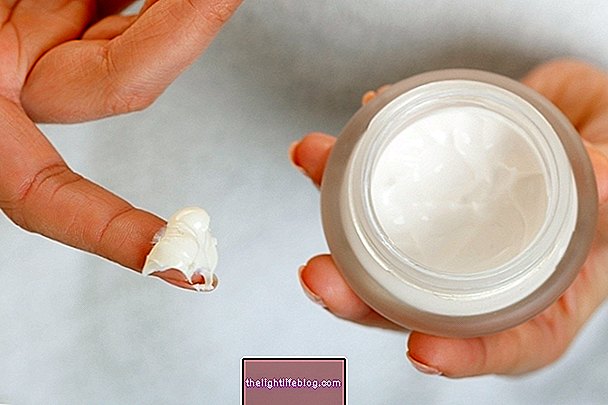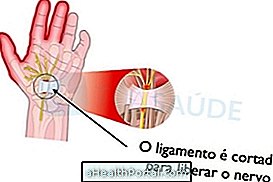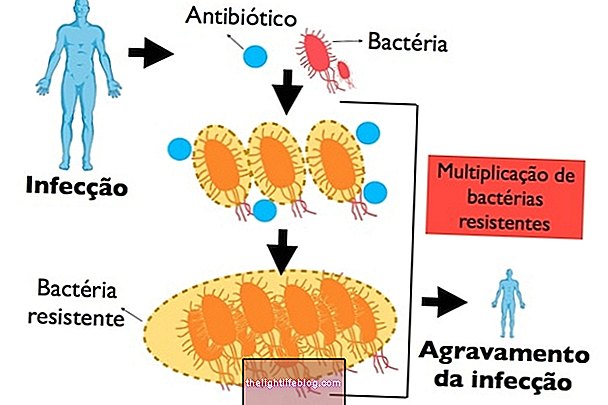When an insect enters the ear can cause a lot of discomfort, generating symptoms such as difficulty hearing, intense itching, pain or the sensation that something is moving. In these cases, one should try to avoid the urge to scratch the ear or try to remove what is inside with the finger or a cotton swab.
Thus, what one must do to remove the insect from the ear is:
- Stay calm and avoid scratching the ear as it can cause more insect movements and increase discomfort;
- Observe if there is an insect inside the ear, using a flashlight and a magnifying glass, for example;
- Avoid removing the insect with swabs or other objects as it can push the insect further into the ear;
- Tilt your head to the side of the affected ear and shake gently to try to get the insect out.
However, if the insect does not come out other forms may be used to try to remove it from the ear.
1. Use a sheet of grass

The grass is a very flexible material, but has small protrusions in which the insects cling. In this way, it can be used inside the ear without the risk of perforating the eardrum or pushing the insect.
To use the grass blade, you should try to place it under the legs of the insect and wait a few seconds, then pull out. If the insect grabs the leaf, it will be pulled out, but if it continues inside the ear one can repeat this process for a few times.
2. Use a few drops of oil

Oil is a great choice when other attempts do not work, as it is a way to kill it quickly, without the risk of being bitten or scratched inside the ear. In addition, as the oil lubricates the ear canal, the insect can slip outward or out more easily when the head is shaken again.
To use this technique you should put 2 to 3 drops of oil, olive oil or johnson oil inside the ear and then put the head tilted to the side of the affected ear, waiting a few seconds. Finally, if the insect does not come out alone, one should try to shake the head again or move the ear.
3. Put warm water

This technique should only be used when you are sure that the insect is already dead, as the use of water can cause the insect to begin to scratch or bite, causing lesions inside the ear if it is still alive.
The ideal here is to use a PET bottle with a hole in the lid, for example to create a jet of water that is able to get some pressure on the ear and clean what is inside.
When to go to the doctor
It is advised to go to the emergency room when the symptoms are very strong or worse over time, as well as if the insect can not be removed through these techniques. The doctor may use special tools to remove the insect without causing any damage to the inside of the ear.
In addition, if an insect can not be seen inside the ear, but there is intense discomfort, an otorhinolaryngologist should be consulted to evaluate the possible causes and initiate appropriate treatment, if necessary.


























